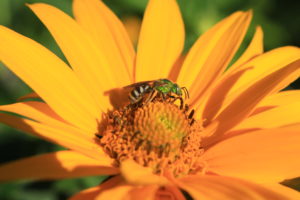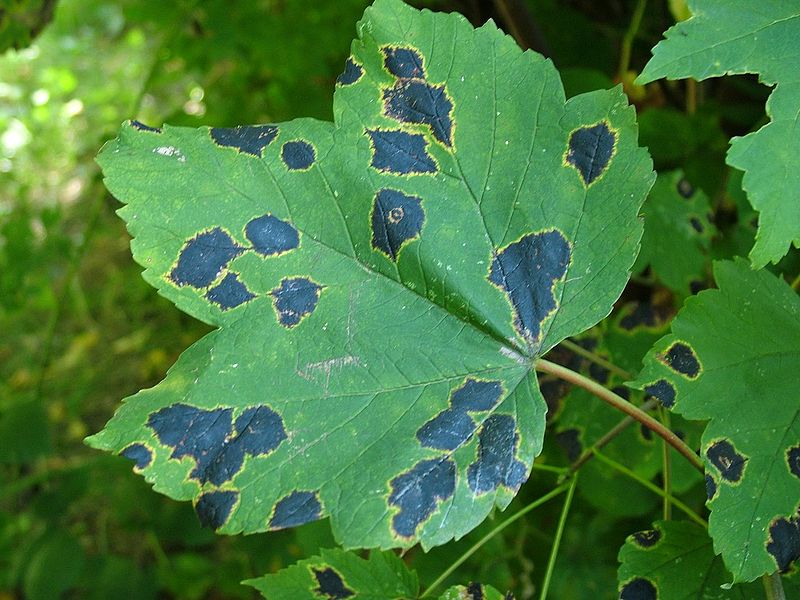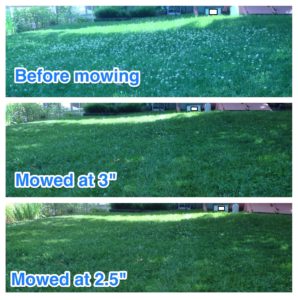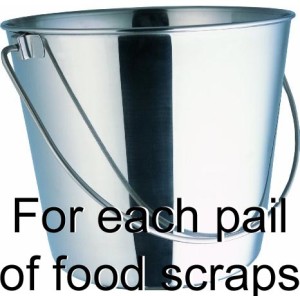So you want to have a weed free lawn that’s still safe for the kids and puppy. It is possible, but we may need to redefine our expectations of “weed free.”
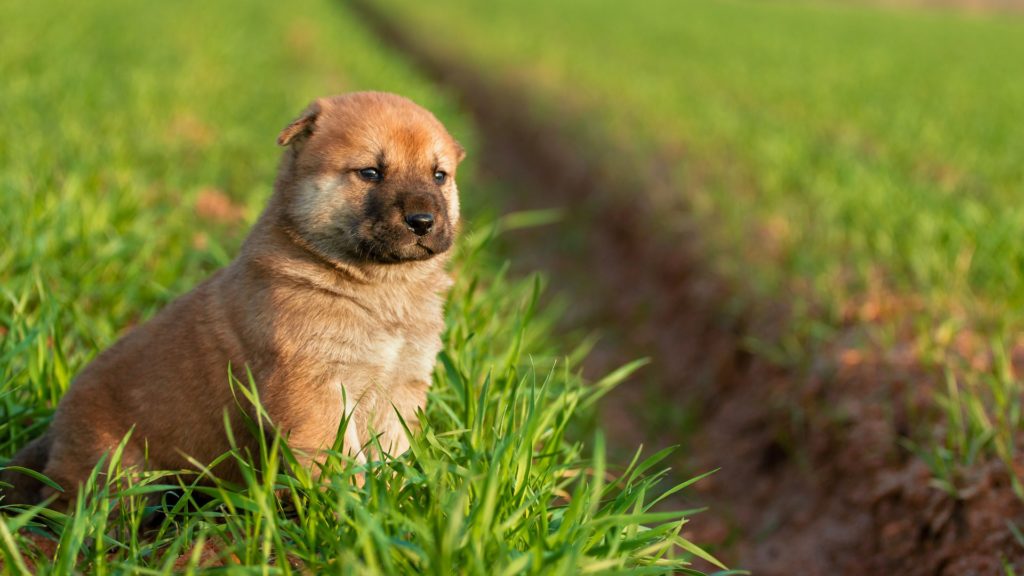
Maintaining a monoculture of anything is difficult, and grass is no exception. Consider farms that are hundreds of acres of just one crop and the efforts they go to maintain it. In New England, the lawn grasses we grow are not native, which means they require care. To some people and companies that means significant care in the forms of water, soil pH adjustment (lime), nutrients (compost and fertilizer), herbicides, mowing, aeration and more.
All of this makes planting native species that require little to no care very attractive. However, most of us still want some “patch of green” to call our own for a variety of reasons. That’s doable, without too much work, but accept that weeds will appear and dealing with a few is a worthwhile trade off for Fido and the kids.
So let’s talk about growing a weed-less lawn in suburbia.
Continue reading


